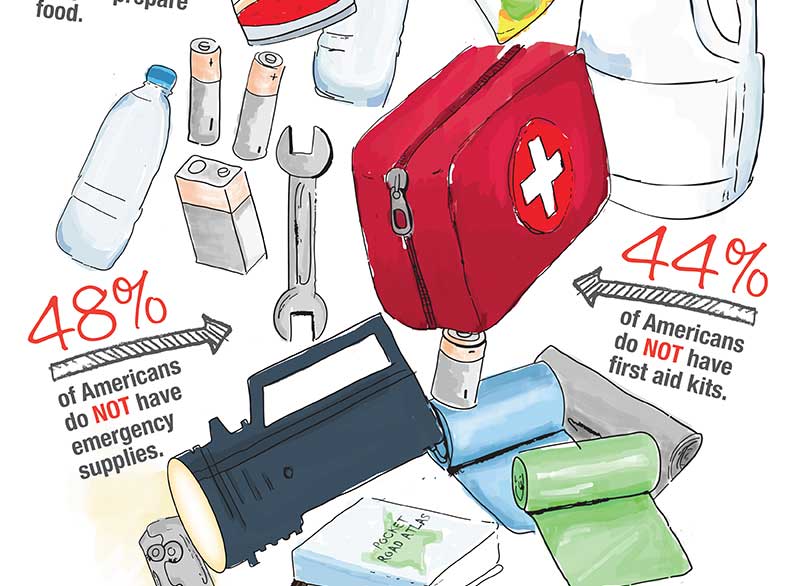Begin by explaining the importance of a well-stocked first aid kit, whether it’s in a home, office, or vehicle. Discuss how a first aid kit can help manage minor injuries and emergencies.
1. Bandages and Dressings
The first section could focus on various types of bandages and dressings. Highlight their critical role in covering small cuts, blisters, and abrasions, as well as providing pressure on larger wounds to control bleeding.
2. Disinfectants
In the second section, talk about different types of disinfectants such as antiseptic wipes or hydrogen peroxide. Explain their role in cleaning wounds before dressing them to prevent infection.
3. Medication
This section should cover both prescription and over-the-counter medications. Prescription medications could be specific to the individual’s medical needs, while over-the-counter ones could include pain relievers, antihistamines for allergic reactions, and medications for common issues such as constipation or diarrhea.
4. Specialized Tools
In this section, discuss the importance of tools such as tweezers for removing splinters or ticks, medical scissors for cutting tape or clothing, and a digital thermometer for monitoring body temperature.
5. Emergency Items
Finally, cover essential emergency items. These can include an emergency blanket, flashlights, gloves, and a first-aid manual. Emphasize the importance of these items in an emergency situation, where quick action and protection are critical.
Conclusion
Conclude by reminding readers that a first aid kit is a first line of defense, but it’s not a replacement for professional medical help. Reiterate the importance of knowing basic first aid procedures and when to seek medical attention.


